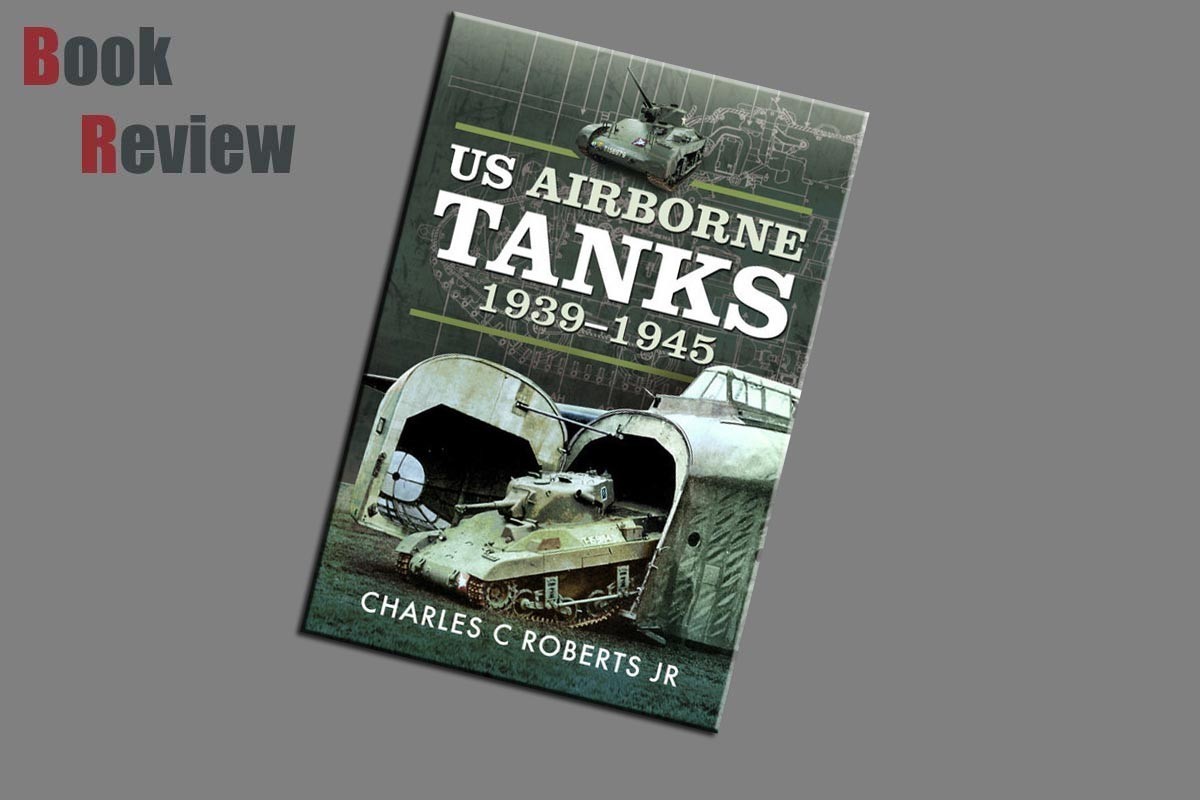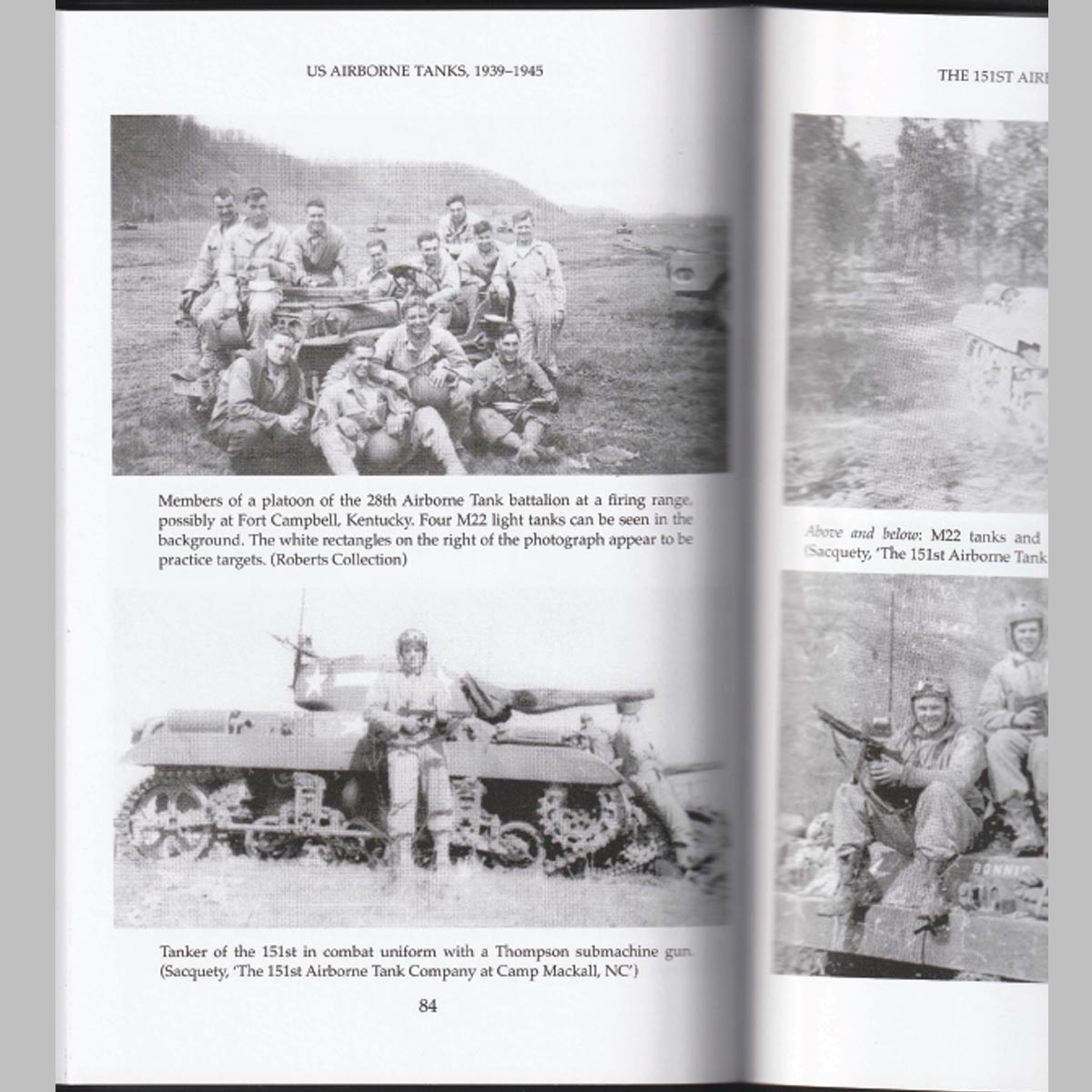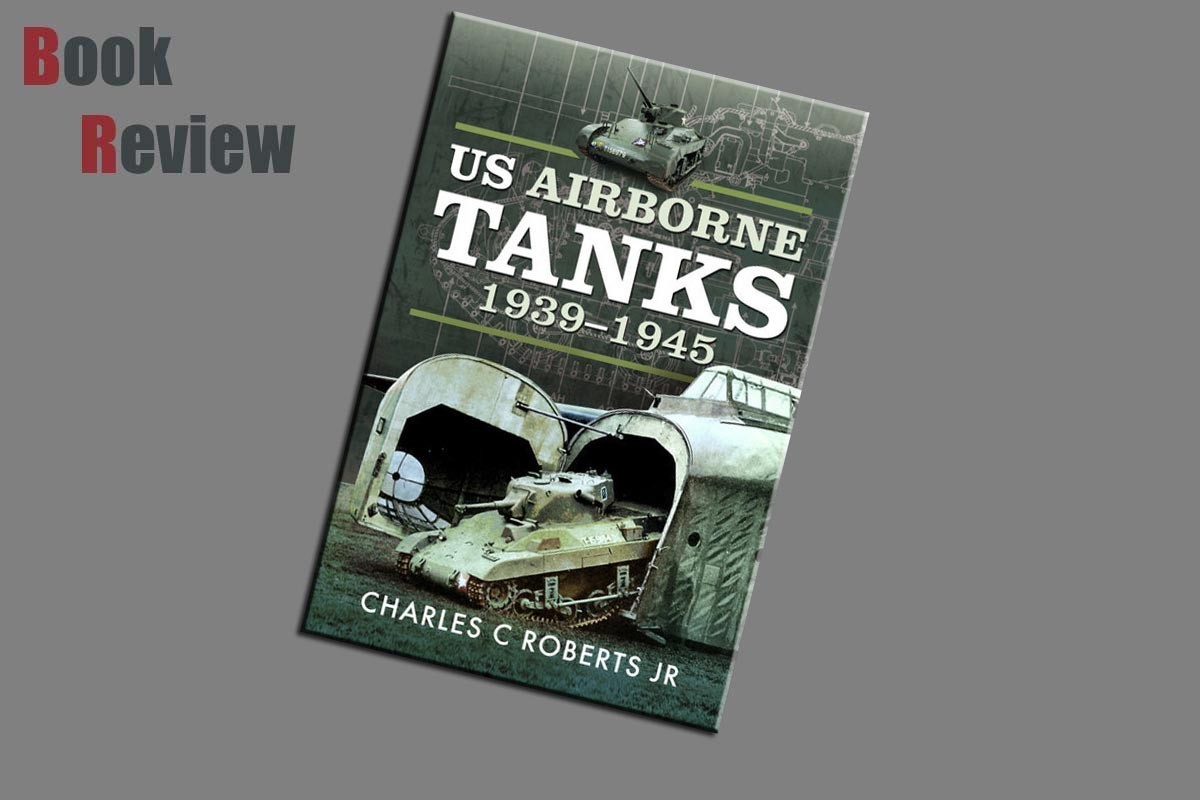
Introduction
The following introduction is taken from the Pen and Sword website:
From their first introduction at the Battle of the Somme in the First World War, tanks proved to be one of the most important military developments in the history of warfare. Such was their influence on the battlefield, both as infantry support and as an armoured spearhead, their presence could determine the outcome of any battle.
Another significant development during the 1930s was that of airborne forces, with a number of countries experimenting with air-dropped troops. Such a concept offered the possibility of inserting soldiers behind the front lines to sow fear and confusion in the enemy’s rear. However, such troops, parachuting from aircraft, could only be lightly armed, thus limiting their effectiveness. It is understandable, therefore, that much thought was given to the practicalities of air-lifting tanks that could be dropped, or deposited, alongside paratroopers.
Tanks, though, are heavy, cumbersome vehicles and before there could be any thought of carrying them by air, much lighter models would have to be produced. Charles Roberts’ fascinating book opens with an investigation into the efforts in the 1930s by Britain, the Soviet Union and the USA into the development of, or adaptation of, light tanks for airborne operations.
It was, inevitably, the start of the Second World War which accelerated efforts to produce an airborne tank and the means of delivery. The use of conventional powered aircraft to carry the tanks, limited their use to existing airfields which negated their employment with airborne troops landing in the open countryside. Another method of delivery had to be found, and this took the form of the glider, which could be landed in a field behind enemy lines. The combination of light tank and glider made the aim of airborne forces being supported by armour a realistic proposition – and as a result, the 28th Airborne Tank Battalion was born.
This detailed and comprehensive study deals with every aspect of design and deployment of American airborne tanks from the earliest concepts to their actual use, by British units, on D-Day and during Operation Varsity, the Rhine crossing.
Review
This offering from Frontline books is authored by Charles C Roberts Jr. The book itself is a hard backed offering, protecting 144 pages of a good quality heavy stock paper, which are stitched into the book, which is usually a sign of quality. The contents of this release are as follows:
Acknowledgements and Picture Credits
Introduction
Chapter 1 The Airborne Tank Concept
Chapter 2 The US Airborne Tank
Chapter 3 151st Airborne Tank Company and the 28th Airborne Tank Battalion in the Second World War
Chapter 4 Us Airborne Tank Usage in the Second World War
Appendix 151st Airborne Tank Company Daily Log
To simplify the text that this book covers is not the easiest task so here goes. Great consideration had been given to dropping forces behind enemy lines prior to the start of World War 2. These forces would cause problems in the rear, making support units targets of opportunity for Airborne dropped forces. One of the issues that was being considered was that these forces, could be easily be preyed upon by enemy armoured units. Very little work had been done until the physical start of WWII when the urgency to look into Airborne forces took on a new priority. In order to counter the enemy armoured units, the use of airborne armoured units was looked at and due to the large size and weight of tanks, vehicles akin to scouting vehicles were the obvious choice to provide armour. The other reason for wanting armour was its effectiveness during the First World War.
You can’t just slap a pair of wings on a tank and expect it to fly - even though the Russians tried just that, and so the Americans went for a purpose designed tank that was suitable for aircraft of the period to carry. The result of all the research and development had the end result of the M22. This tank was never going to stand up to heavy German tanks of the period, but it did give them a vehicle that would enable them to take on lightly armoured vehicles, and infantry hard points. Very few of these tanks ever saw active service, and so it could be argued that they were never really tested in anger. But this title does give you a very good look into the considerations and decisions made in creating an airborne armoured force.
The photographs in this title are many, and are positioned throughout the book itself. Sort captions are provided in order to add some context to the photographs, and these in conjunction with the photographs create a high degree of value. All of the images in the title are black and white period offerings, and even show the tanks that never ever left the US shores minus their weaponry and sold to farmers as agricultural vehicles. As such you get a before, during and after look at American Airborne armour during WWII.
Conclusion
Airborne tanks do not get much of a mention as regards WW2, and so this title provides a good read covering how the Americans tackled the problems of getting a tank behind enemy line in support of airborne forces. With the number of pages in the title, it is not a long read, but it is a well written and informative read covering an aspect of WWII that I cannot recall having been covered previously, and so fills a gap in American history and to some extend Allied history.




























